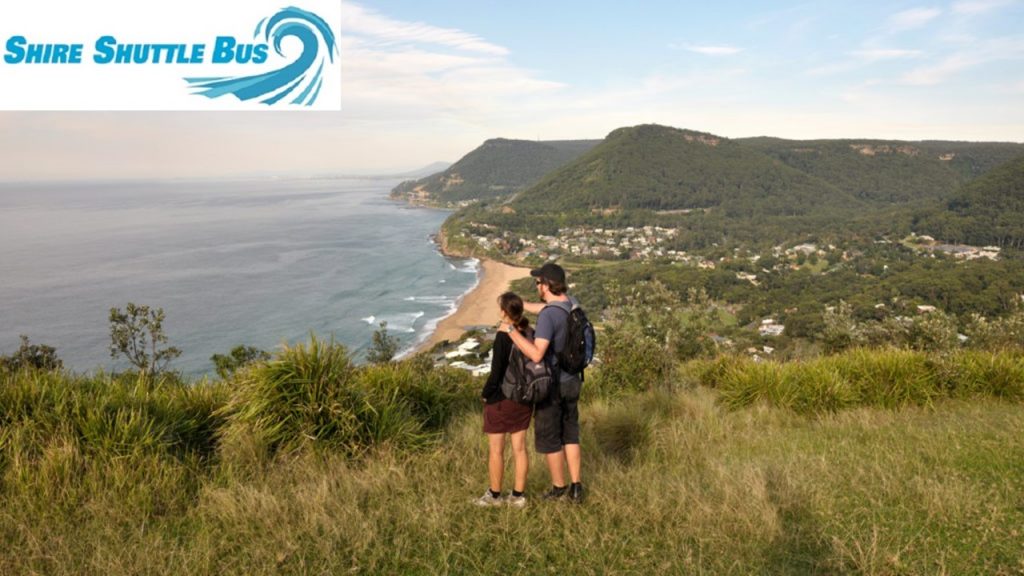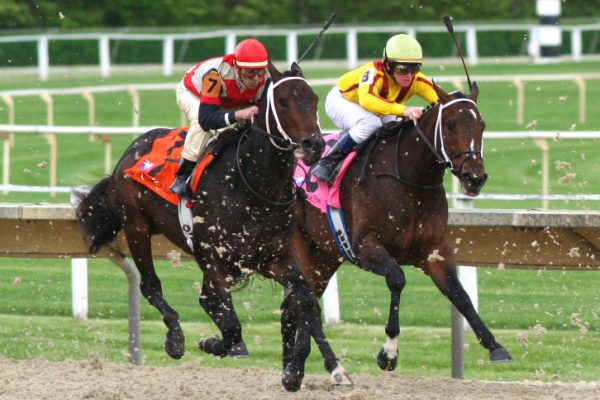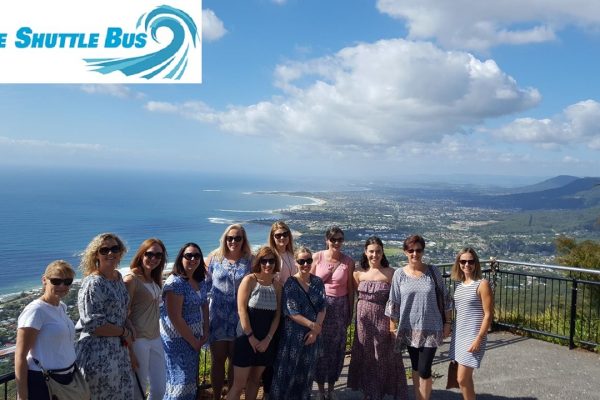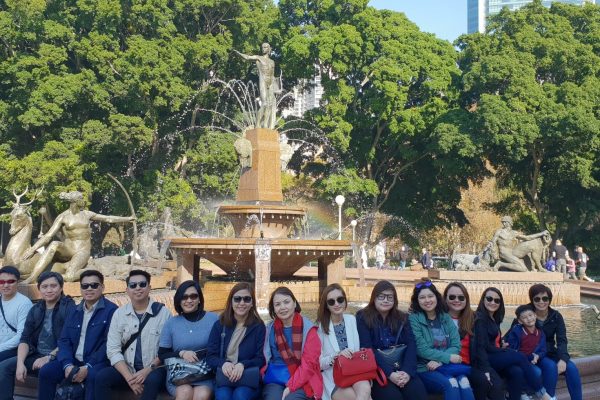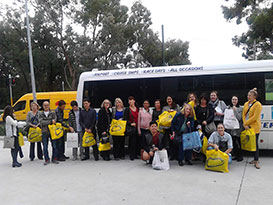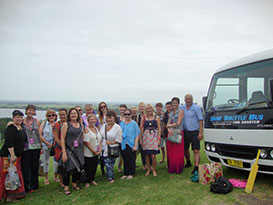History of the Illawarra Escarpment
The Illawarra Escarpment the range of cliffs and rocky outcrop plateau mountain range immediately located to the west of the Illawarra region, spanning from Stanwell Park in the north to Gerringong in the greater Illawarra.
The escarpment was created between 250 and 280 million years ago and was eroded to its current height around 30 million years ago. The makeup of the escarpment is primarily sandstone.
Many of the coastal towns located to the escarpment east in the Northern Illawarra were originally built as woodcutting and coal mining outposts during settlement. This period of industry resulted in the creation of several roads through the escarpment, including Bulli Pass and Macquarie Pass.
The Escarpment is a haven for a wide variety of native flora and fauna. The Illawarra Flame Tree, seen as the unofficial logo of the region, grows plentifully, and limited cedar trees remain. Rainforests also grow within the escarpment, including the large and well known Minnamurra Rainforest and a smaller growth at Saddleback Mountain, west of Kiama. The escarpment is also home to a many native species, including goannas, wallabies, bush turkeys, snakes, and many different species of birds.
There are many bushwalks located within the escarpment that range from easy to difficult, the harder ones are recommended to be undertaken within a group.
History of Wollongong City
The Illawarra region was inhabited by the Tharawal nation for over 20,000 years.
The first foreign contact with the Wollongong region dates back to the 1790s. The first visitors to the Illawarra were the navigators George Bass and Flinders, who landed at Lake Illawarra in 1796.
Woodcutters and graziers began to arrive in what would become Wollongong in the 1810s.
In the 1820s, the first land grants were given. Over the first half of the 19th century, the town incrementally grew and by 1856, Wollongong had a population of 864.
In 1858, the courthouse was built, and in the 1860s, Wollongong Harbour was expanded when the artificially constructed Belmore Basin was complete.
Coke works at Wollongong Harbour commenced in the 1870s by Patrick Lahiff. He oversaw the construction of two coke ovens, which continued in use until their demolition in 1892. Remnants of the coke ovens remain today near the northern end of the basin.
In 1871, the renowned Wollongong Lighthouse was completed. In 1886, the first town hall was erected, and a year later, in 1877, the South Coast Railway was extended to Wollongong City.
In 1928, the steelworks at Port Kembla, south of Wollongong City, were established by Hoskins. In 1935, BHP acquired the Steelworks, and continue to operate the site to this day, under the name of BlueScope.
Wollongong was officially proclaimed a city in 1942. By 1954, the city had reached a population of 90,000.
Wollongong’s University first opened in 1961.
In the 1980s, Wollongong’s first two professional sporting teams were established. The Wollongong Wolves Football Club and the Illawarra Steelers rugby league club.
In 2001, Wollongong’s population reached 180,000. With increased migration and people seeking a more relaxed lifestyle moving to the town from Sydney, Wollongong’s population today is at 280,000, and continues to grow.






